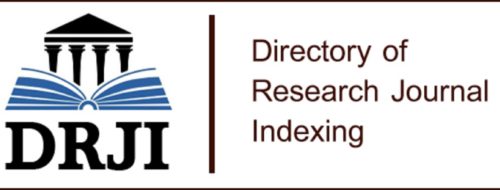Abundance, composition and diversity of phytoplankton in the area of Cojimíes - Manabí, during the months of may - october 2018
Investigation article
Keywords:
Phytoplankton, temperature, abundance, families, speciesAbstract
Phytoplankton is the main component of the base of trophic chains of many aquatic ecosystems and is susceptible to environmental changes caused by biological, physical, or chemical phenomena. Hence, the study of the parameters that can potentially affect phytoplankton will help to better control the economic activities susceptible to being affected by the phytoplankton variations, such as fishing. In this sense, the objective of this study was to determine the abundance, composition and diversity of phytoplankton and their association with the variation in environmental parameters. The study was performed during May-October 2018, making superficial daytime and nocturnal trawls in the northern zone of Cojimíes-Manabi with a net of 55 µm mesh size. Sea surface temperature (SST), pH and transparency with a Secchi disc were measured. The SST showed pulses of maximum values during May, July and September, with values between 25.2 and 26.6°C, and smaller variation, between 24.6 – 25.1 °C, the remaining period. The months with pulses of greatest phytoplankton abundance were May, July, September and October, coinciding with those of higher temperatures. Diatoms dominated the phytoplankton community followed by the dinoflagellates during the study, maintaining both groups the same pattern of variability. It was observed that abundance of phytoplankton was higher during the day, while diversity showed no difference in daytime and nocturnal trawls. Two families of dinoflagellates with 6 species and 7 families of diatoms with 16 species were identified. The most representative families and species of dinoflagellates were Ceratiaceae with Ceratium tripos, C. masiliense y C. macroceros; and in diatoms was Chaetocerotaceae with Chaetoceros coarctatus. It was observed that masses of estuarine water hot and rich in nutrients could be affecting the pulses of high SST and phytoplankton abundance in the northern vicinity of the mouth of Cojimies estuary, but in an occasional manner.
Keywords: Phytoplankton, temperature, abundance, families, species.
Downloads
Published
How to Cite
Issue
Section
License
Copyright (c) 2020 Revista de Ciencias del Mar y Acuicultura YAKU

This work is licensed under a Creative Commons Attribution-NonCommercial-ShareAlike 4.0 International License.


1.jpg)













